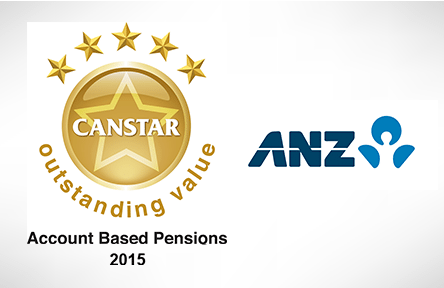Beware ‘apples with apples’ super comparisons
If superannuation funds’ investment performance is to be compared on an “apples with apples” basis there are several key points to consider, according to researcher Rainmaker Information.
This week Australian Prudential Regulation Authority (APRA) member Helen Rowell told an Australian Institute of Superannuation Trustees (AIST) Governance Ideas Exchange Forum that on a number of occasions in the last few years she has “noted that comparisons of investment performance at fund level is not comparing apples with apples.”
Super funds’ investment performance has been a key issue in the debate on proposed changes to super board governance, particularly between retail and industry funds.
Rowell said a more meaningful “apples with apples” comparison is provided if the investment performance for only default assets, or specific similar choice investment options, is considered. She added it is most meaningful to focus on performance against objectives over the long term.
But Rainmaker Information said APRA and other people critical of performance comparisons need to remind themselves what choosing a default MySuper product actually means.
Rainmaker said some critics of performance comparisons use commentary about risk-adjusted returns to explain post-hoc why they underperformed other default funds in the market rather than to explain why they have deliberately chosen very conservative strategies.
For example, the top performing MySuper products in 2014-15 earned 12% but the lowest performing MySuper products earned half that, or 6%.
Rainmaker said that these performance gaps are many times the fee differentials forces the question of whether members are fully aware they are selecting such conservative investment strategies.
This focus on MySuper default products is crucial because the segment accounts for about 33% of the assets held by APRA regulated funds.
In her presentation, Rowell pointed out the proportion of assets in default products versus choice products differs significantly by fund type. She said default assets represent 65% of all assets for industry funds, compared to 17% of all assets for retail funds.
“That means the investment strategy for 83% of the assets of retail funds is chosen by the members, and the asset allocation – and hence investment performance – at fund level substantially reflects the aggregate of the individual decisions made by the choice members,” Rowell said.
Rainmaker Information is part of the Rainmaker Group which owns Financial Standard.
[via Financial Standard]












